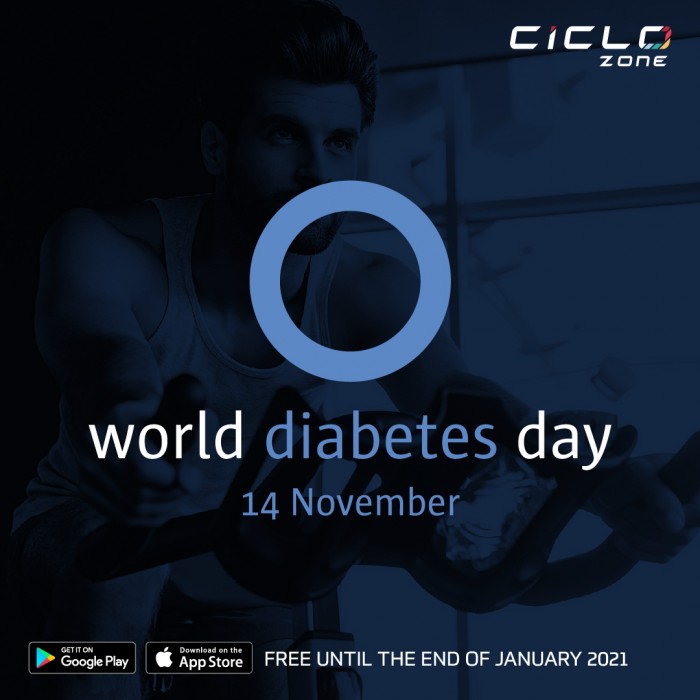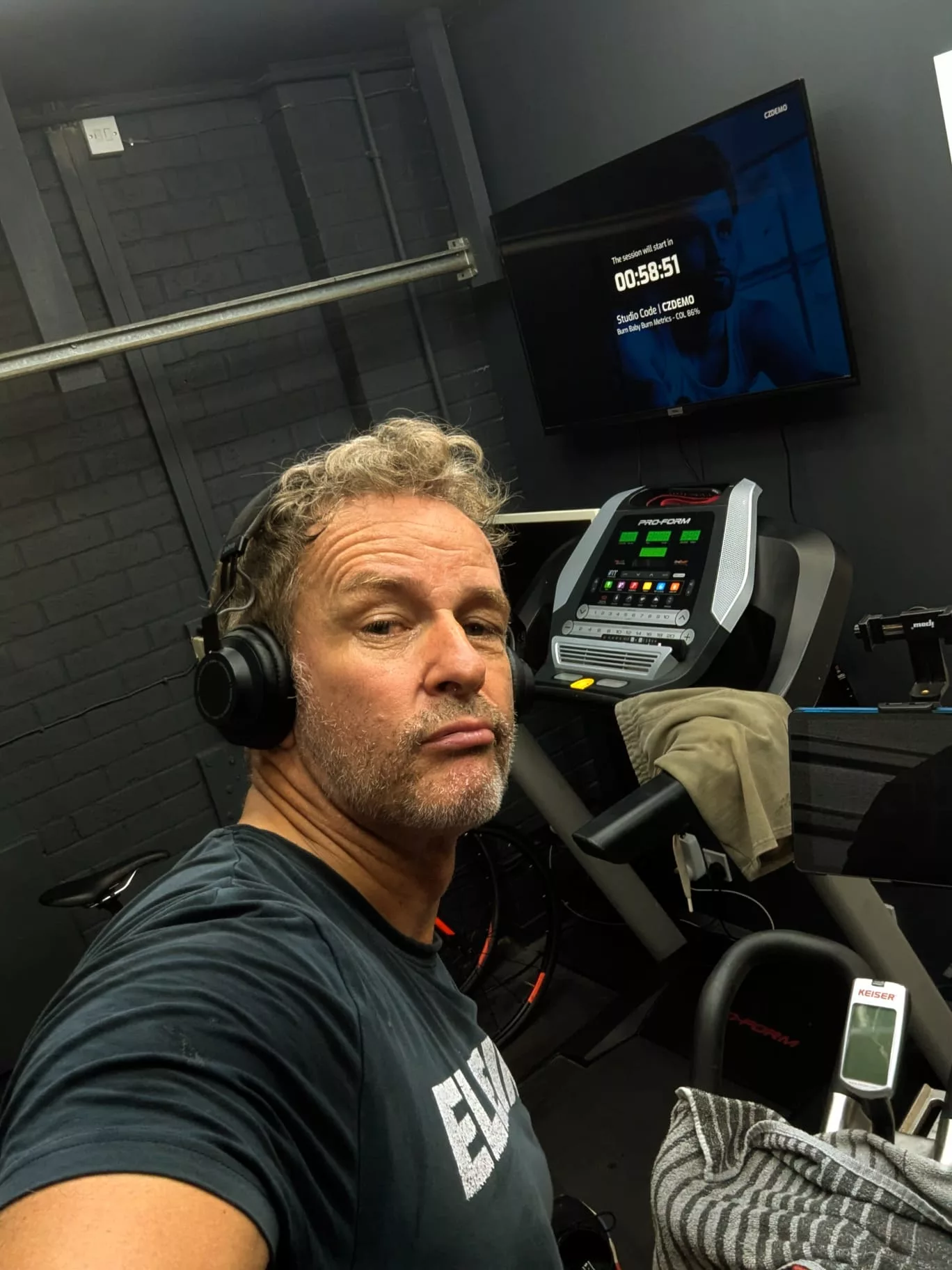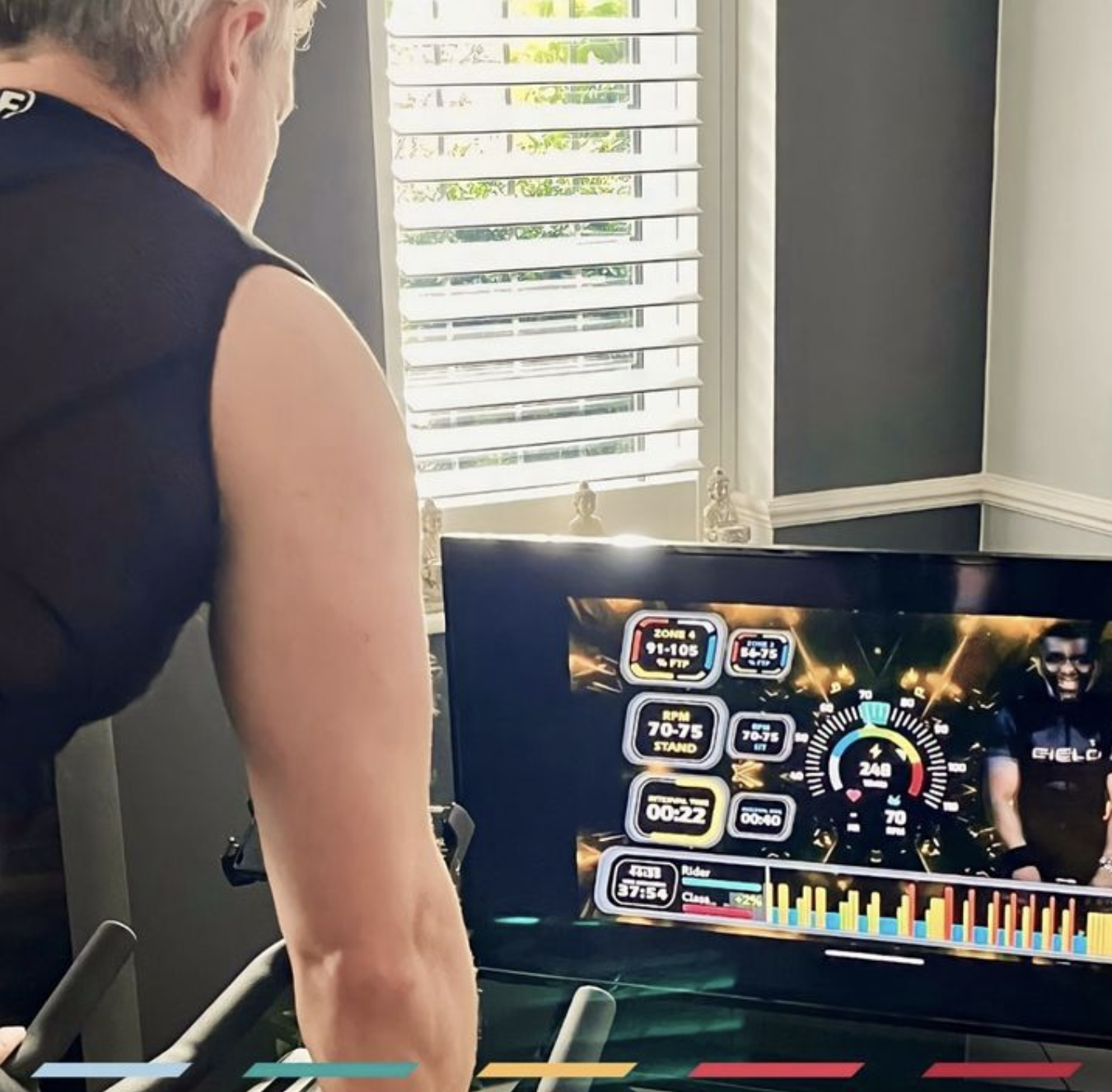We all know that being active is good for our physical and mental wellbeing but did you know that exercising regularly can help reduce your risk of developing type 2 diabetes?
According to Diabetes UK, carrying extra weight is a key risk factor for type 2 diabetes so being active each day is important to help you lose weight or maintain a healthy weight. Moving more will also help to reduce your waist size, lower blood pressure, improve your mood, manage stress and help you sleep.
On this, World Diabetes Day, we take a look at how activity can help in the fight against this condition, which affects around 4.8 million people in the UK.
How to get active
Diabetes UK recommends you should aim to do 30 minutes of moderate activity five days a week or 15 minutes of vigorous activity five days a week.
Moderate activity includes brisk walking, cycling on flat ground, swimming or a gentle online exercise class. In these sessions your breathing will be increased but you’ll still be able to talk.
Vigorous activity includes cycling fast or uphill, fast swimming, running or HIIT workouts. These sessions will make your breathing fast and you’ll have difficulty talking.
Diabetes UK recommends you should also do activities to improve your muscle strength two or more days a week such as carrying shopping, yoga, Pilates or lifting light weights.
CicloZone’s power-led workouts start from just 30 minutes so a single CicloZone class is a really efficient way to cover off several of these requiremenst at once!
Benefits of exercise for diabetics
Being physically active has many health benefits but it’s especially the case for type 2 diabetics. Exercise not only helps the body use insulin better, it also helps maintain healthy blood pressure, improve cholesterol and supports weight loss and maintenance.
For type 1 diabetics, one of the most important benefits of exercise is that it increases insulin sensitivity. This means you’ll need less insulin for the same amount of carbohydrate and it can also help bring down post-meal blood sugar spikes.
However, there are challenges of exercising and managing type 1 diabetes so always check with your healthcare provider before starting any new training regime and make sure you monitor your blood sugar levels carefully.
You can find out more about sports nutrition and type 1 diabetes here.
For more information about diabetes or to find out how you can get involved in World Diabetes Day, click here




